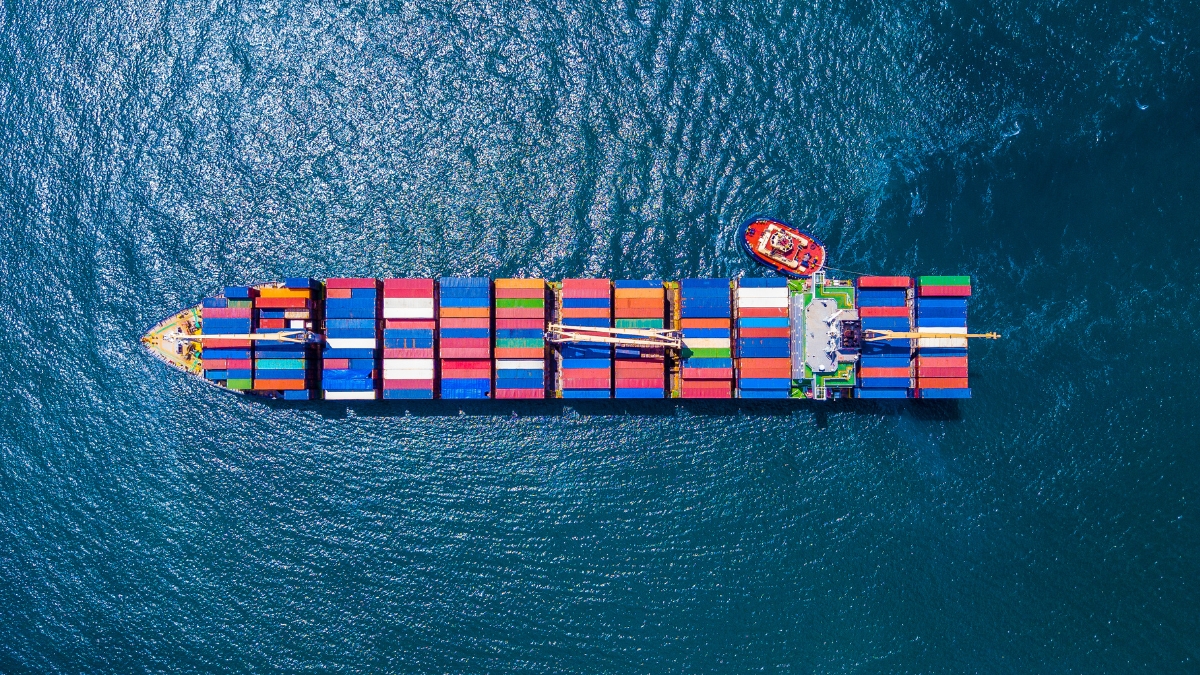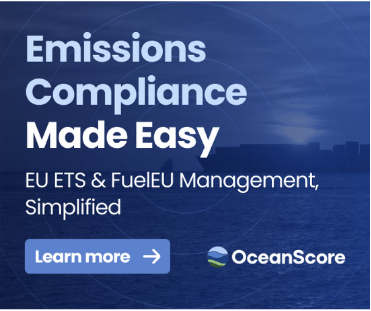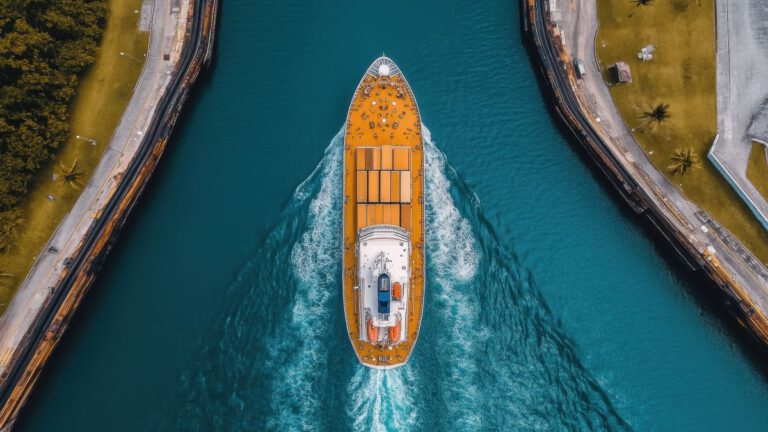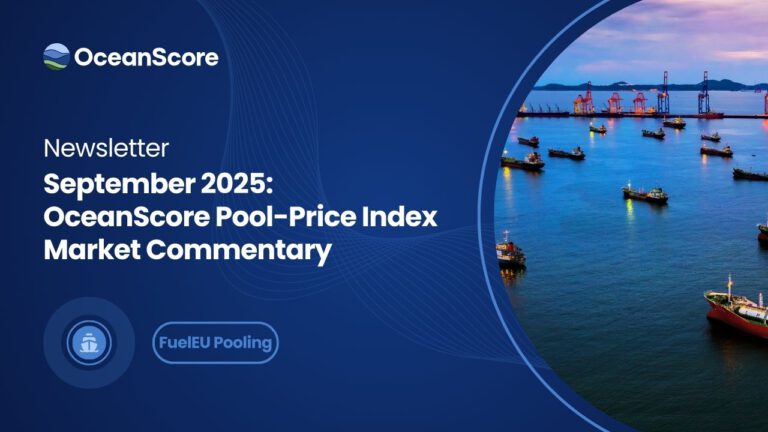How AI is Revolutionizing Emissions Reporting in Shipping
As global trade grows and decarbonization pressures increase, the shipping industry is facing heightened scrutiny over its environmental impact. At the center of this shift is a growing demand for accurate and transparent emissions reporting. Traditional static methods struggle to capture the complexities of modern maritime operations—especially when it comes to cargo loads and fuel usage.
Enter AI in shipping emissions reporting: a transformative solution that offers the precision and adaptability the industry needs. At OceanScore, we’re exploring how machine learning can close data gaps and drive more reliable emissions metrics across the sector.
The Growing Role of AI in Maritime Logistics
Artificial intelligence has become a cornerstone of logistics innovation. In 2022, the AI logistics market was valued at $1.89 billion, with projections estimating growth to $17.75 billion by 2030—a CAGR of 33.1%. While many AI applications have focused on route optimization and procurement, its potential in emissions accounting is increasingly coming into focus.
For the shipping sector, where data accuracy is critical for compliance and performance benchmarking, AI presents an opportunity to redefine emissions reporting standards.
Why Accurate Cargo Data Matters
One of the biggest challenges in emissions reporting is knowing how much cargo is actually on board. Most emissions models still rely on static utilisation rates, largely due to limited access to real-time cargo data. However, cargo volume is a crucial variable for calculating emissions intensity—the efficiency of emissions per tonne of cargo moved.
Imagine two identical vessels sailing from Shanghai to Hamburg, using the same fuel and covering the same distance. One is fully loaded; the other is half full. Their total emissions may appear similar, but the carbon efficiency per tonne is vastly different. Without accurate cargo figures, these nuances are lost, leading to potentially misleading sustainability assessments.
How OceanScore is Using AI to Close the Data Gap
To move beyond assumptions, OceanScore is leveraging a robust dataset of daily voyage and emissions unique data sets from over 1,500 vessels. With customer consent, this data is used to train AI models that analyse actual cargo on board and deliver more accurate emissions reports.
This approach enables real-time estimation without relying on static values or incomplete public data. It’s a step toward more transparent, data-driven sustainability reporting in shipping.
Promising Results from Machine Learning Models
The early outcomes are impressive. OceanScore’s AI models have been able to predict total cargo volumes with less than 1% deviation for voyages between 2019 and the present. This level of precision could redefine emissions benchmarking across the industry, providing operators and regulators with the reliable data they need to meet evolving compliance demands.
Looking Ahead: AI as a Catalyst for Sustainable Shipping
As regulators and stakeholders call for stricter emissions standards, the shipping industry must evolve. AI-powered solutions like those developed by OceanScore are not just about better data—they’re about enabling smarter decisions that support a low-carbon future.
By applying AI to improve cargo estimations and emissions reporting, we can take meaningful steps toward greater accountability and environmental stewardship in maritime logistics.
Take the Next Step Toward Smarter Emissions Reporting
In a regulatory environment where data quality directly impacts compliance, strategy, and reputation, adopting a voyage-based methodology like CargoFP is a decisive step toward meaningful decarbonization in shipping.
Want to learn how CargoFP can support your Scope 3 goals?
Get in touch with our team or request a demo.





